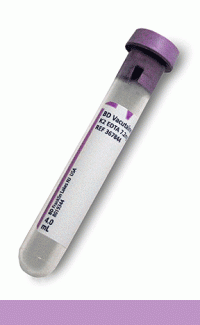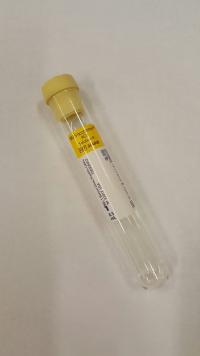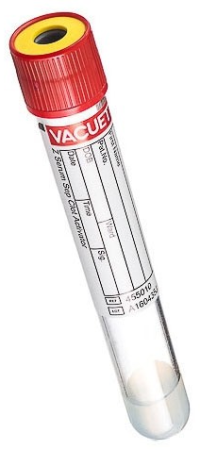


Test Code: 20210
CPT Code(s): 80055, 85025, 86592, 86762, 86850, 86900, 86901, 87340
Includes:
CBC (includes Differential and Platelets)
Antibody Screen, RBC with Reflex to Identification, Titer, and Antigen Typing
ABO Group and Rh Type
RPR (Diagnosis) with Reflex to Titer and Confirmatory Testing
Hepatitis B Surface Antigen with Reflex Confirmation*
Rubella Virus IgG Antibody
If Antibody Screen is positive, Antibody Identification, Titer, and Antigen Typing will be performed at an additional charge (CPT code(s): 86870, 86886, 86905).
If RPR screen is reactive, RPR Titer and FTA Confirmatory testing will be performed at an additional charge (CPT code(s): 86593, 86780).
If Hepatitis B Surface Antigen is positive, confirmatory testing based on the manufacturer's FDA approved recommendations will be performed at an additional charge (CPT code(s): 87341).
Methodology: See individual tests
Clinical Significance: See individual tests
Alternative Name(s): OB Panel, Prenatal Panel
Supply: #T157 Red/Yellow SST 8mL, T59 - Lavender 4mL Blood Tube, and T15 - ACD-B 6mL Blood Tube (Yellow Top)
Preferred Specimen: Serum in SST, Whole blood in EDTA, Whole blood in ACD (yellow top) tube
Preferred Volume: SST: 4mL; EDTA: 4mL; ACD: 5mL
Transport Container: Serum Separator Tube (SST), Lavender Top EDTA; Yellow Top ACD
Transport Temperature: Room Temperature
Specimen Stability: See individual tests
Special Instructions: When only a single test, Hepatitis B Surface Antigen, is ordered to diagnose Hepatitis B in a pregnant woman, additional tests such as liver enzymes should be ordered to confirm the diagnosis.
Rejection Criteria:
- Hemolysis (Red/Yellow SST tube)
- What are hemolyzed specimens?
- Hemolysis occurs when the red cells are damaged during sample collection causing them to rupture. Hemolyzed serum or plasma is pale pink to red rather than the normal clear straw or pale-yellow color.
- What causes a specimen to be hemolyzed?
- Mixing tubes too vigorously
- Placing tubes in the refrigerator without allowing 30 minutes at room temperature for complete clotting
- Exposure to heat or in a refrigerator that is too cold
- Using a needle with too small of a bore necessary for the venipuncture
- Using too large a tube when using a butterfly needle
- Not allowing sufficient time for alcohol to dry on puncture site
- Leaving the tourniquet on for longer than one minute
- How can hemolyzed specimens be prevented?
- For routine collections, use a 20–22-gauge needle
- Do not remove the needle from the vein with the vacuum tube engaged
- Do not collect a specimen in a hematoma
- Do not centrifuge the specimen for a prolonged period of time
- Draw the sample gently and evenly
- What are hemolyzed specimens?
- Specimens exceeding stability
- Specimens other than serum
- Unlabeled or improperly labeled specimens
- Received clotted or frozen
For additional supply or collection device information, please contact DLO's Customer Service at (800) 891-2917, option 2.
The CPT codes provided are based on AMA guidelines and are for informational purposes only. CPT coding is the sole responsibility of the billing party. Please direct any questions regarding coding to the Payor being billed.
